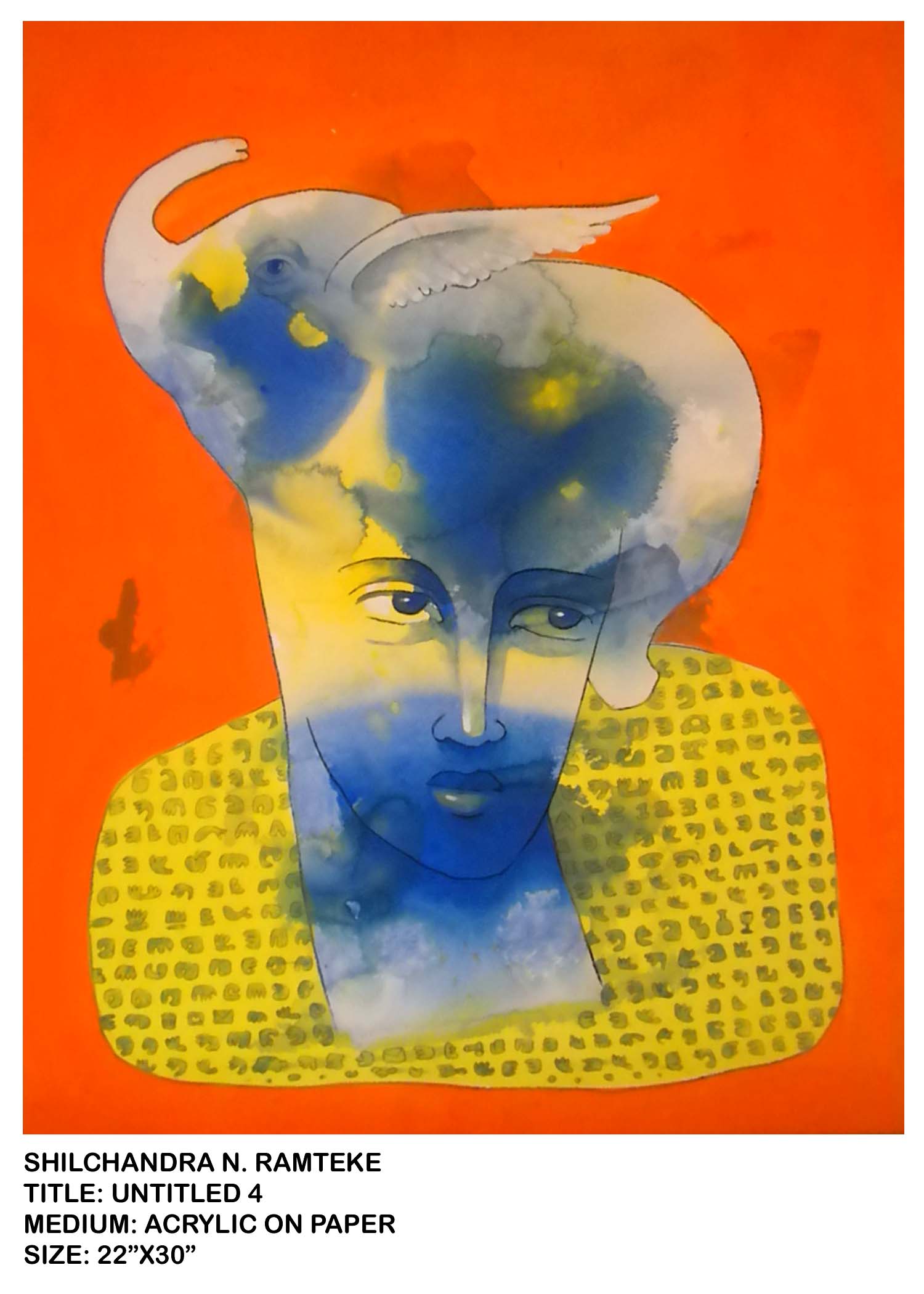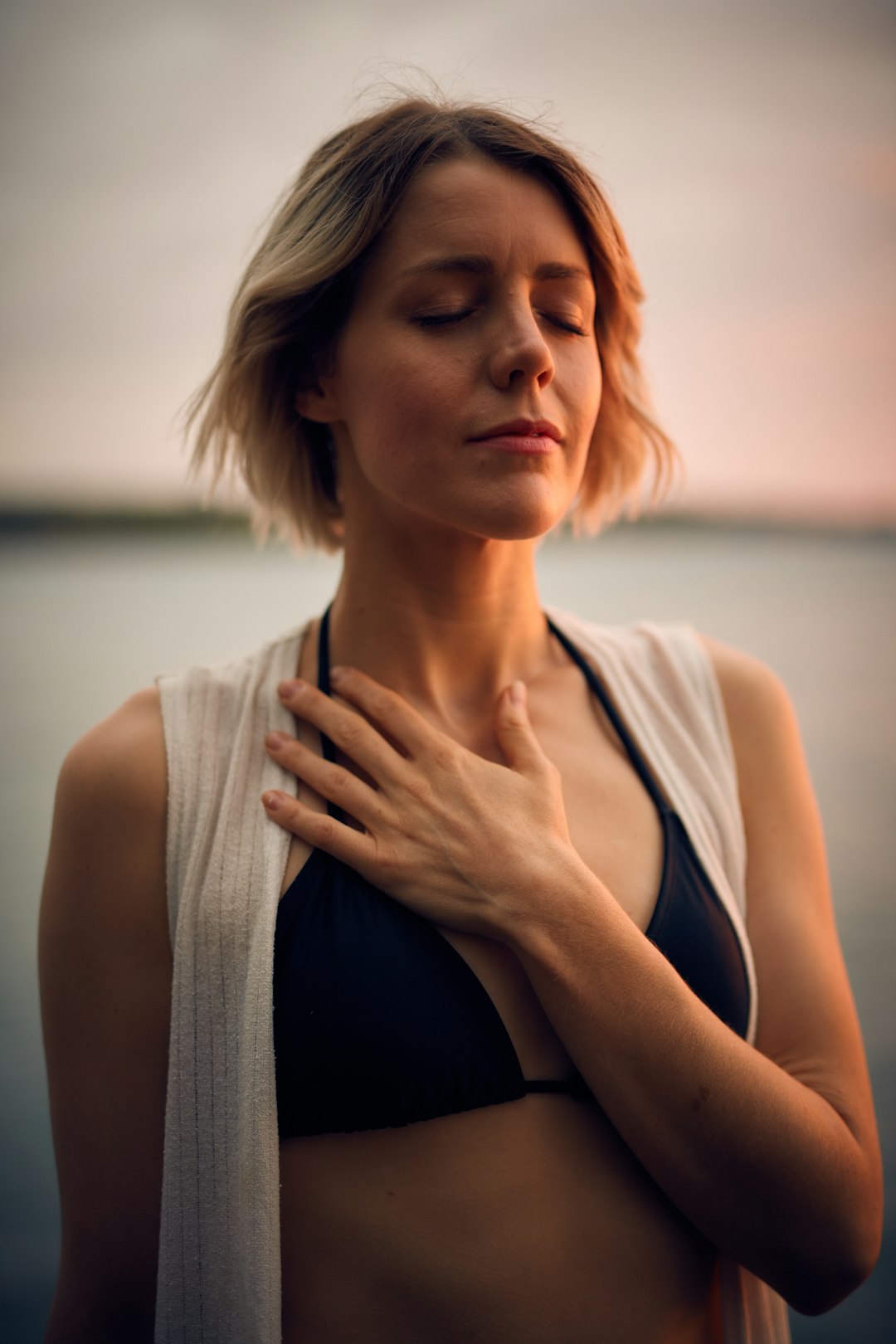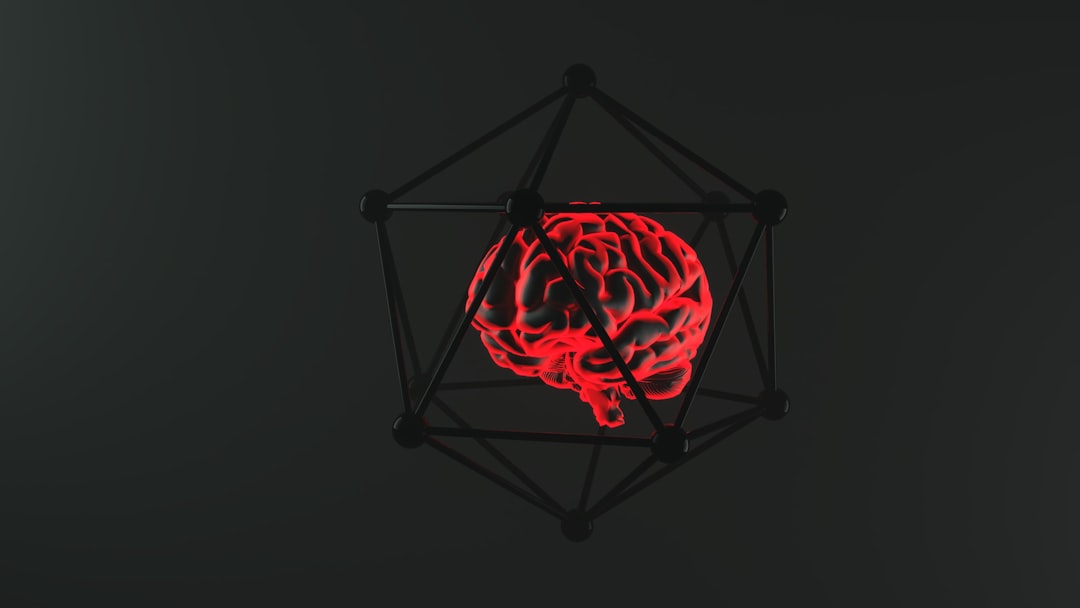For something you never directly see, your subconscious mind steers more of your life than you’d guess. It choreographs habits, filters noise from signal, and drafts expectations before you’re aware a decision is on deck. Scientists once treated this hidden layer as mystery or myth; now it’s a testable frontier where biology, psychology, and computation intersect. The drama lies in the gap between what we think we choose and what our nervous system prepares in the background. That gap, it turns out, is where a surprising amount of human experience lives.
The Hidden Clues

Here’s the jolt: much of your brain’s heavy lifting happens out of sight, guiding routine actions with an efficiency that conscious control can’t match. The subconscious streamlines familiar tasks like tying shoes or navigating a well-known route, freeing attention for novel problems. It works like a backstage crew – silent, coordinated, indispensable – so the onstage performance feels effortless.
Signals that never reach awareness still shape perception, from faint sounds that prime vigilance to subtle facial cues that nudge trust. I felt this acutely once while walking a dim block; my pace quickened before I could rationalize why. Only later did I notice the flicker of a failing streetlamp and distant footsteps that my body had registered first.
Signals From the Body

Your subconscious doesn’t stop at the skull; it reads the body’s interior like a live ticker. Heart rate, gut rhythm, and breathing patterns stream through neural highways, especially the vagus nerve, giving the brain continuous status updates. These interoceptive whispers color moods and shape snap judgments long before deliberate thought chimes in.
That uneasy feeling in a tense room is often physiology reporting a shift – tightened chest, shallow breaths, a micro-lurch in stomach tone. By the time you think “something’s off,” the body has already filed its brief. Tuning into these sensations can sharpen intuition without sliding into superstition.
Predict First, Sense Second

The brain is a prediction machine, and the subconscious is its most tireless forecaster. Rather than passively recording the world, it constantly guesses what comes next, then updates those guesses with incoming data. This looping forecast system explains why we miss obvious changes when expectations point elsewhere.
Prediction saves energy and time, but it also writes perceptual blind spots. A phone vibrating in your pocket that never rang is your predictive model overrunning the evidence. When the model is right, the world feels smooth; when it’s wrong, we glimpse the scaffolding that usually stays hidden.
Learned Without Knowing

We absorb patterns we can’t explain, a phenomenon researchers call implicit learning. From grammar structures we never studied to social rhythms we never practiced aloud, the subconscious compiles rulebooks by sheer exposure. It’s the reason musicians feel the next chord change before naming the key.
These quiet skills often beat conscious strategies in speed and flexibility. You might sense the right chess move without articulating the tactic because your nervous system has tallied countless positions. Over time, repetition writes expertise in places words can’t easily reach.
The Placebo’s Quiet Power

Expectations aren’t just thoughts; they’re biochemical levers the subconscious can pull. Pain relief triggered by a harmless pill arises when the brain releases its own regulators, translating belief into measurable change. The nocebo effect flips the script, turning fear into amplified discomfort.
What’s striking is how context – tone of voice, clinical ritual, even room design – tunes these effects beneath awareness. This is not mind over matter as fantasy but mind through matter as physiology. The implications stretch from medicine to wellness fads, urging careful attention to how meaning gets built.
From Ancient Tools to Modern Science

Long before brain scanners, researchers probed the subconscious with reaction times, slips of the tongue, and priming tasks. Those early tools were rough, but they revealed a stubborn truth: people can be influenced by cues they don’t consciously register. Over decades, the methods matured, cross-checking subtle effects with tighter controls.
Today, converging evidence comes from neuroimaging, eye-tracking, computational models, and preregistered behavioral studies. Findings are more modest than pop culture slogans, yet sturdier – small, reliable shifts that add up in the real world. The story is less magic trick, more careful accounting of signals we routinely overlook.
The Hidden Biases in Everyday Choices

When the subconscious leans on shortcuts, judgments can warp in predictable ways. Anchors, first impressions, and loss-focused framing tug decisions, often without our knowledge. These tugs don’t make us irrational; they reveal a system optimized for speed under uncertainty.
Context tweaks outcomes more than we like to admit: the order of options, the default box already checked, the way risks are named. I’ve watched myself cling to a so-so plan simply because it was the one already in motion. Recognizing these tendencies doesn’t erase them, but it lets us engineer fairer choices.
Why It Matters

The subconscious is not a side show; it’s infrastructure. In health care, understanding expectation effects can improve pain management and patient adherence without new drugs. In education, implicit learning can guide how we space practice, mix examples, and design feedback for durable skills.
Compared with old advice that willpower alone wins the day, a subconscious-aware approach changes the playbook. We shift from pushing harder to shaping environments, habits, and cues that make the desired behavior the path of least resistance. That’s a humane upgrade, and it tends to stick.
The Future Landscape

New tools are bringing the subconscious into sharper focus, from wearable sensors that map stress signatures to neurofeedback that coaches attention loops. As models of prediction and interoception improve, personalized interventions could nudge sleep, craving, and mood with greater precision. Even consumer tech – from cars to phones – may adapt on the fly to nonconscious signals of fatigue or overload.
The frontier comes with thorny questions: Who owns your physiological data, and what counts as informed consent when influence bypasses awareness? Designing guardrails for these subtle levers will be as important as inventing them. The stakes are high because the quietest inputs can yield the loudest outcomes.
What You Can Do Now

Start by noticing body cues before narrating them: a breath held, shoulders clenched, a stomach flutter that arrives before a thought. Name the context levers around you – defaults, order effects, and framing – and change one thing that makes the good choice easier. Treat sleep, movement, and daylight like system updates for a predictive brain that craves regular calibration.
Use habits to make allies of your automatic processes: anchor a new behavior to a stable cue, and keep the first step tiny. When decisions feel oddly sticky, step away long enough to reset the model that’s insisting on the familiar. Small environmental changes, repeated often, are how the backstage crew learns a better script.

Suhail Ahmed is a passionate digital professional and nature enthusiast with over 8 years of experience in content strategy, SEO, web development, and digital operations. Alongside his freelance journey, Suhail actively contributes to nature and wildlife platforms like Discover Wildlife, where he channels his curiosity for the planet into engaging, educational storytelling.
With a strong background in managing digital ecosystems — from ecommerce stores and WordPress websites to social media and automation — Suhail merges technical precision with creative insight. His content reflects a rare balance: SEO-friendly yet deeply human, data-informed yet emotionally resonant.
Driven by a love for discovery and storytelling, Suhail believes in using digital platforms to amplify causes that matter — especially those protecting Earth’s biodiversity and inspiring sustainable living. Whether he’s managing online projects or crafting wildlife content, his goal remains the same: to inform, inspire, and leave a positive digital footprint.




